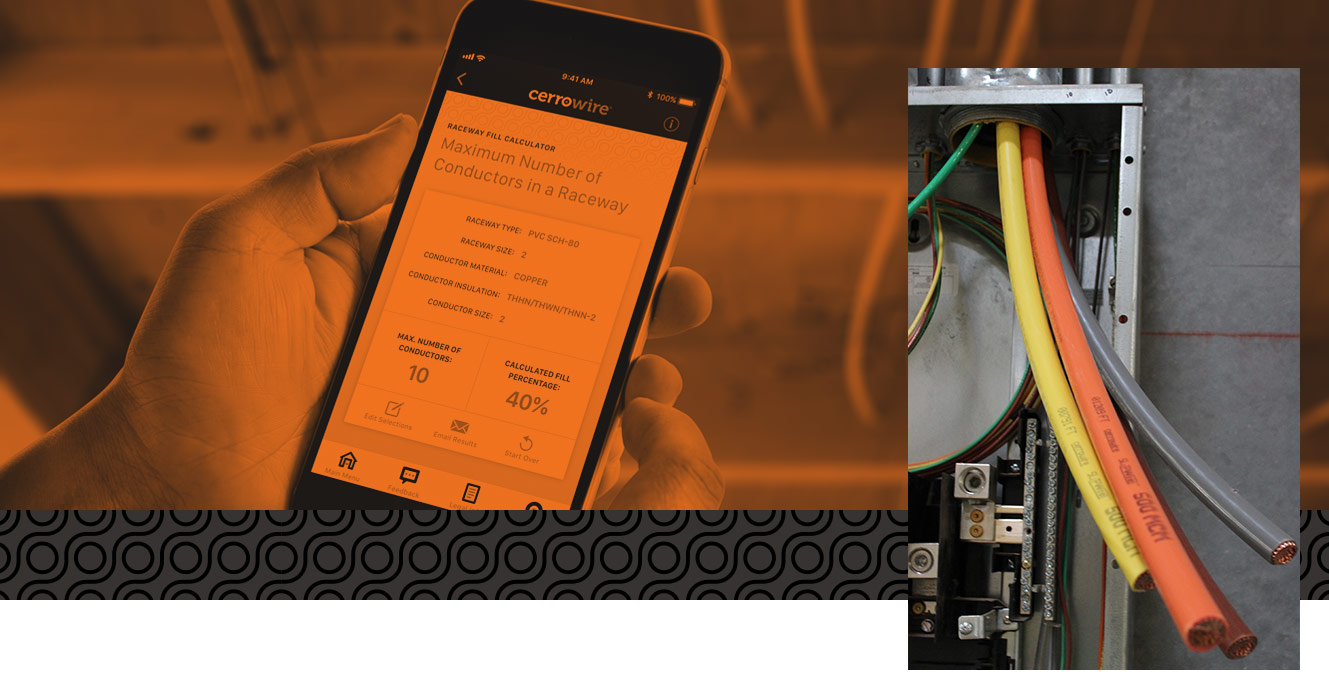Is that a plastic box you are using instead of a metal box? I used a metal box with a grounding screw in the middle for extra safety. Not sure why you just didn't go with the 6 AWG for extra buffer if you are going to install fresh new wire. Most circuit breakers up to 60A can accommodate up to 6 AWG wire.Thanks for all the helpful responses…glad to know I’m up to code at a 50A breaker (which charges at 40A).
Two more questions…
1. Is the #8 THHN good up to 50A or 55A? I’m honestly just curious and want to educate myself better.
2. If using #6 NM-B wire to hardwire to a Tesla Wall Charger, I know the white/neutral is capped off by itself and not used…red and black wires go to the hots on the charger. But is the single copper/ground wire enough (from a #6 NM-B) to be used as the ground? I notice that ground wire is a lot skinnier than the other wires, even within the #6 NM-B.
View attachment 1031541
Also THHN at 55A is only good if your outlet and breaker are rated for 90C which most are not. Safer to assume it is rated on both ends at 75C which puts it at 50A max.
Last edited:



